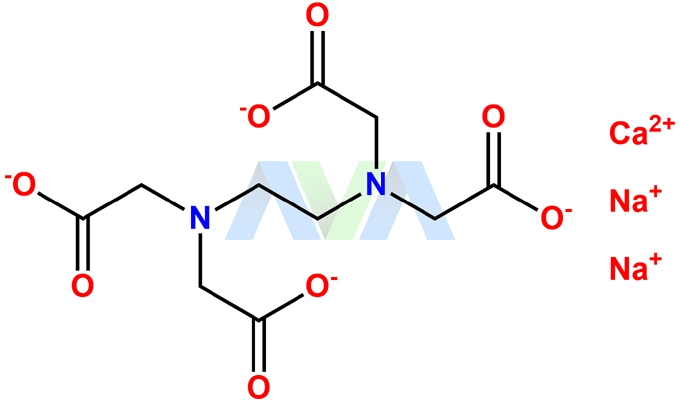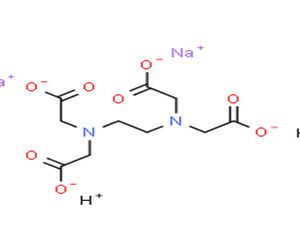Description
Calcium disodium ethylenediaminetetraacetate, commonly known as calcium EDTA, is a chelating agent, similar to other forms of EDTA (ethylenediaminetetraacetic acid) salts. It is used to bind to metal ions, particularly calcium, in various applications.
| SPECIFICATIONS |
| Product Name | EDTA Ca / Chelated Calcium |
| Chemical Name | Ethylenediaminetetraacetic acid, Calcium-disodium complex , Edetate calcium disodium; Calcium disodium ethylenediaminetetraacetate |
| Cas No. | 62-33-9 |
| Molecular Formula | C10H12CaN2Na2O8 |
| Molecular Weight | 374.27 |
| Color & Physical Form | Off White Powder |
| Assay | 98 – 102% |
| Calcium Content | 10% (min.) as Ca |
| pH (1 wt % solution) | 6.5 – 7.5 |

Calcium EDTA is known for its ability to chelate or bind with metal ions, especially calcium. This property makes it useful in various industries, including food and beverage, where it can be employed to stabilize products by sequestering metal ions that might otherwise catalyze undesirable reactions.
Food and Beverage Industry: In the food industry, calcium EDTA is sometimes used as a food additive. It can act as a preservative by binding to metal ions that might otherwise cause discoloration or deterioration in the quality of certain foods.
Medical Applications: Calcium EDTA is also used in medical settings, particularly for the treatment of heavy metal poisoning. It can help in chelating and removing toxic heavy metals, such as lead or cadmium, from the body.
Water Treatment: Like other EDTA salts, calcium EDTA can be used in water treatment processes to sequester metal ions and prevent the formation of scale and deposits.
Cosmetics and Pharmaceuticals: Calcium EDTA may be included in cosmetic and pharmaceutical formulations where metal ion control is important for stability and performance.
25 kg PP bag with LDPE liner inside / 500 kg and 1000 kg Jumbo bag.
| EINECS No. | : | 200-529-9 |
| Catogory | : | Non Hazardous |
| Reach Registration | : | Yes |
| MSDS | : | Available on request |


